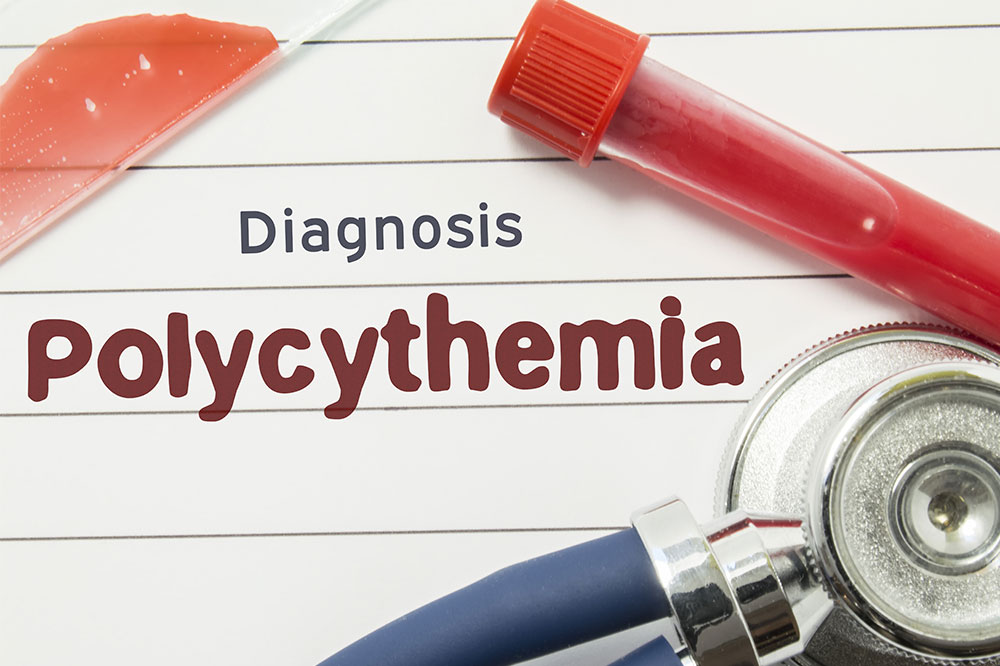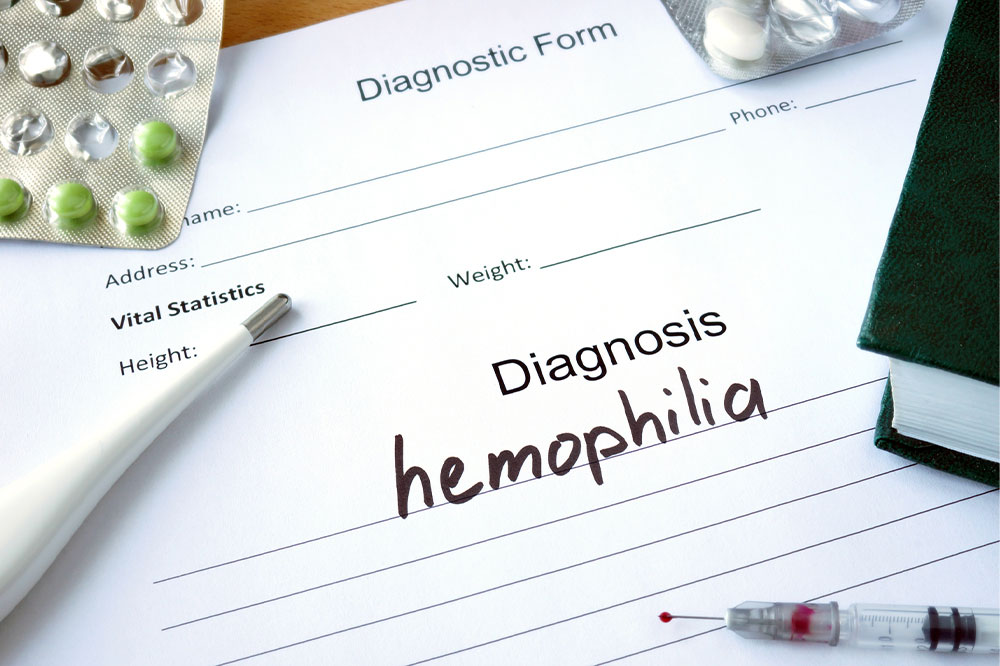Advances in RNA Sequencing Technologies Transforming Genomic Insights
This article reviews the latest advancements in RNA sequencing technologies and platforms, highlighting their applications in genomics research. It covers methodological approaches, platform comparisons, and best practices to help researchers leverage RNA-Seq for gene expression, disease studies, and personalized medicine, thus driving innovation in genomics and biomedical fields.
Sponsored

RNA sequencing (RNA-Seq) has become a vital tool in genomics, allowing detailed analysis of the transcriptome with high precision. Utilizing next-generation sequencing, RNA-Seq uncovers gene expression patterns, detects alternative splicing, and identifies new transcripts. This article explores the core aspects of RNA-Seq, its diverse applications, various methods, and compares leading sequencing platforms for transcriptomic research.
The Impact of RNA-Seq in Modern Genomics
1. Complete Transcriptome Profiling:
RNA-Seq enables full characterization of all RNA molecules in a sample, including mRNA, ncRNA, and miRNA, providing a comprehensive transcriptomic overview.
2. Detection of Novel Transcripts:
Unlike microarrays, RNA-Seq is unbiased and capable of discovering previously unknown transcripts, gene fusions, and non-coding RNAs without prior assumptions.
3. Precise Expression Measurement:
It offers accurate quantification of gene activity levels, essential for detecting subtle biological and disease-related changes.
4. Alternative Splicing Insights:
The platform can analyze and quantify various splicing variants, deepening understanding of gene regulation and protein diversity.
5. Applications in Medicine and Research:
RNA-Seq is pivotal in diagnostics, personalized therapy, biomarker development, and fundamental research, making it indispensable in genomics advances.
RNA-Seq Methodologies
1. Sample Preparation:
Start by extracting high-quality RNA, then convert it into cDNA through reverse transcription.
2. Library Construction:
The cDNA is fragmented, adapters are attached, and the library is amplified via PCR to prepare for sequencing.
3. Sequencing Process:
Platforms like Illumina, PacBio, or Oxford Nanopore sequence the cDNA library, producing raw reads.
4. Data Processing:
Bioinformatics tools align reads to reference genomes, quantify expression, and identify differentially expressed and novel transcripts.
Comparing Leading RNA-Seq Platforms
Below is an overview of prominent sequencing platforms used in transcriptomics research:
Illumina: short reads (50-300 bp), high throughput, accuracy above 99%, suitable for large-scale projects, typical runtime 1-3 days, moderate cost.
PacBio: long reads (up to 15,000 bp), exceptional accuracy (>99.9%), longer run times (3-5 days), higher cost.
Oxford Nanopore: ultra-long reads (up to megabases), real-time sequencing, lower accuracy (~90-98%), quick results (~24 hours), cost-effective.
BGI-Seq: short reads, high throughput, accuracy over 99%, optimal for large studies, requires specific infrastructure, low cost.
Platform Highlights
Illumina is ideal for general transcriptomics; PacBio excels in complex splice variants; Oxford Nanopore offers rapid, long-read sequencing; BGI-Seq provides cost-efficient options for large experiments.
Key Applications of RNA-Seq
1. Gene Expression Studies:
Quantifies gene activity under various conditions, identifies regulatory pathways.
2. Disease Investigation:
Uncovers molecular mechanisms in diseases like cancer and neurological disorders by analyzing transcript differences.
3. Drug Discovery:
Helps identify therapeutic targets and monitor drug effects at the transcriptome level.
4. Personalized Treatments:
Assists in creating tailored therapies based on individual gene expression profiles.
5. Evolutionary Research:
Investigates gene expression evolution among species, revealing adaptation strategies and evolutionary processes.
Best Practices for Conducting RNA-Seq
1. Sample Integrity:
Use high-quality, intact RNA, measuring integrity with RIN scores for reliable results.
2. Controls Inclusion:
Implement proper controls to ensure data accuracy and reproducibility.
3. Replicates:
Include biological replicates (typically three or more) to validate findings statistically.
4. Data Normalization:
Apply normalization techniques to adjust for sequencing depth and sample composition differences.
5. Comprehensive Data Analysis:
Utilize advanced bioinformatics tools for differential expression, splicing, and functional annotation.
RNA-Seq's ability to unravel complex transcriptomic landscapes continues to revolutionize genomics, driving breakthroughs in medicine and biology. Understanding the methodologies, platforms, and best practices enables researchers to unlock new insights into health, disease, and evolution.
References:
Illumina RNA Sequencing
PacBio RNA Sequencing
Oxford Nanopore Technologies
BGI-Seq





